Honda e Advance



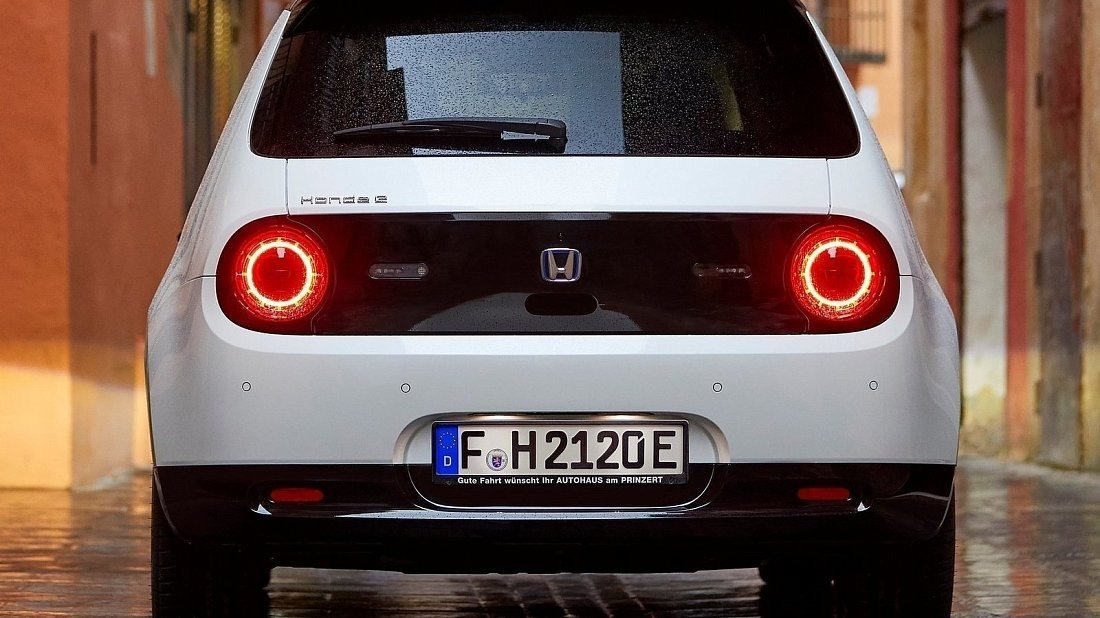

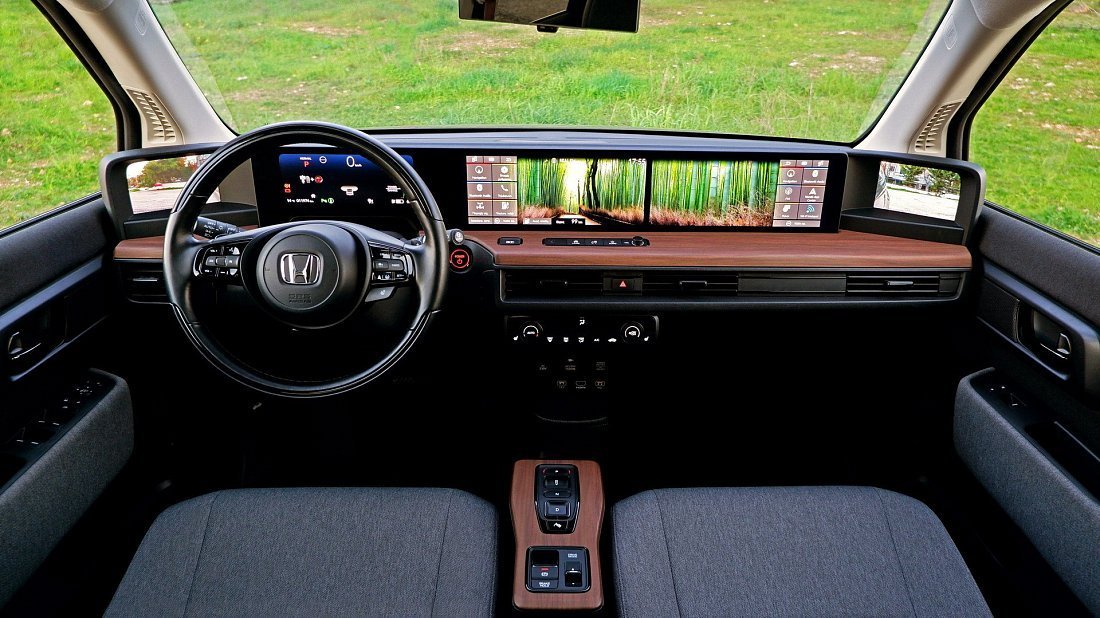
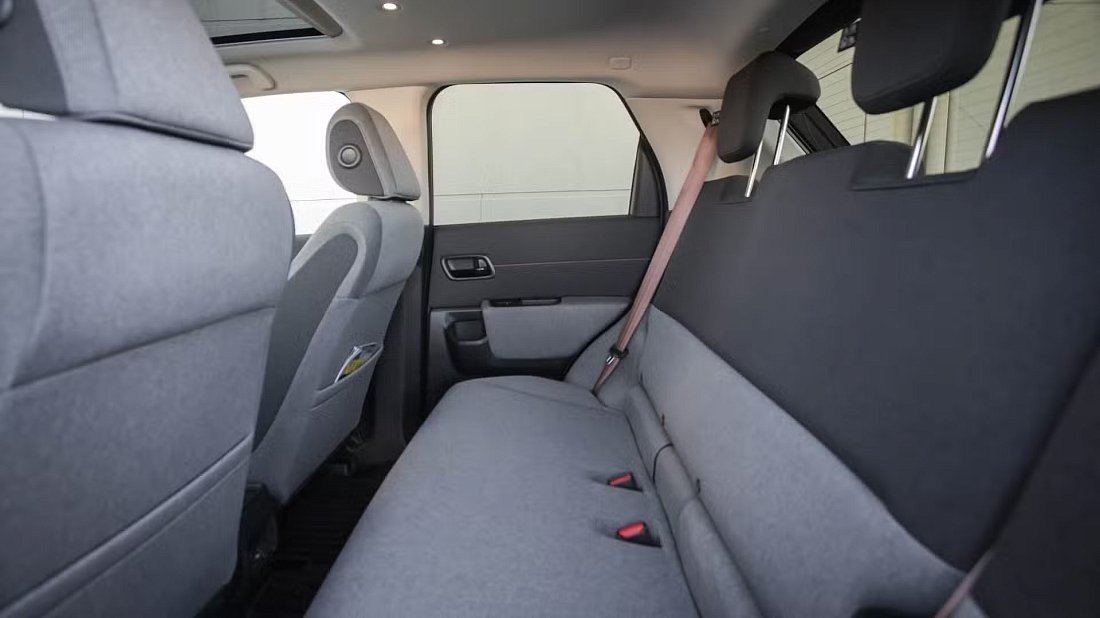


Overview
Main Overview Information
- Price USA (New)
- No Data
- Price USA (Used)
- No Data
- Country of Manufacture
-
- Japan
![Japan Japan]()
- Japan
- Years of Production
- 2020-2023 (Discontinued)
- Body Style
- Hatchback
![]()
- Market Availability
- EU
Pros and Cons
Reasons to Buy
- Striking retro styling
- Tech-rich premium cabin
- Nimble urban agility
- Advanced parking pilot
Reasons Not to Buy
- Very short range
- Tiny cargo capacity
- Four-seat practicality
- EU-only, discontinued model
Overview
The Honda e Advance is a seriously cool, retro-futuristic city slicker that, sadly, never officially graced US shores. This cheeky Japanese import, produced until 2023, was all about style and tech in a compact package. The 'Advance' trim turns up the wick with more power and a posher cabin, including a premium sound system and Honda Parking Pilot. Think of it as a designer handbag on wheels. While no official US pricing exists, had it landed here, expect a premium tag reflecting its unique charm and tech, likely starting north of $40,000.
What's New for 2023?
For 2023, the big news for the Honda e Advance was… well, that it was its final bow, as production ceased that year. So, no radical "new for '23" features to shout about. Instead, the 2023 Advance model carried forward its top-spec goodness from previous years. This meant buyers got the peppier motor, the slick digital side-view mirrors, a comprehensive suite of Honda Sensing safety tech, and the very clever Honda Parking Pilot as standard. It was the "all-in" version of Honda's charming EV experiment, concluding its run.
Design & Exterior
The Honda e Advance is an absolute head-turner, a masterclass in minimalist retro design. Those big, round LED headlights and taillights give it an adorable, almost puppy-dog face. Flush pop-out door handles and the optional camera-based Side Mirror Camera System keep things ultra-sleek. The Advance trim often sported stylish alloy wheels. Dimensionally, it’s perfectly city-sized at 153.3 inches long, 69 inches wide, and 59.5 inches tall. This ain't just a car; it's a rolling piece of design art that makes ordinary traffic look, well, ordinary.
Interior, Tech & Cargo
Step inside the Honda e Advance, and it’s like a trendy urban lounge. Acres of screens dominate the dashboard, with two 12.3-inch touchscreens stretching almost pillar-to-pillar, flanked by displays for the digital side mirrors. Comfy fabric seats and tasteful wood-effect trim complete the vibe. It’s a strict 4-seater, best for urban hops. Cargo space is modest, with 6.0 cubic feet in the trunk, expanding to 30.4 cubic feet with seats down; alas, no frunk. Apple CarPlay, Android Auto, and a premium audio system were standard on the Advance.
Performance & Driving Experience
The Honda e Advance packs a surprising punch for a city car! Its rear-mounted PMSM electric motor sends 113 kW (that’s about 151 hp) and a healthy 232 lb-ft of torque to the rear wheels (RWD, baby!). This translates to a zippy 0-60 mph sprint in just 8.0 seconds. Its super-tight turning circle makes it a joy in congested city streets, and the ride is generally composed. While not a sports car, it’s undeniably fun, with instant torque making darting through traffic a breeze. Regenerative braking is, of course, part of the package.
Range, Battery & Charging
The Honda e Advance features a 28.5 kWh usable battery, delivering a Green Cars Compare calculated real-world range of 117 miles – perfect for city duties but perhaps a bit short for US road trip ambitions. Efficiency is rated at a decent 4.11 mi/kWh. For charging, its 400-volt system supports 6.6 kW AC charging, juicing it up in around 4-5 hours. DC fast charging maxes out at a modest 46 kW, getting you to 80% in about 30-35 minutes. It used a CCS Type 2 port in Europe; a US version would've adopted CCS Type 1.
Safety & Driver-Assistance Features
While the Honda e Advance was never tested by NHTSA (as it wasn't sold stateside), it earned a respectable 4-star rating from Euro NCAP. The Advance trim came loaded with Honda’s Sensing suite. This typically includes goodies like Collision Mitigation Braking, Adaptive Cruise Control with Low-Speed Follow, Lane Keeping Assist, and Road Departure Mitigation. Unique to the Advance was the clever Honda Parking Pilot, an automated parking system, alongside features like blind-spot information and cross-traffic monitoring, making it a safe little urban warrior.
Warranty & Maintenance Coverage
Had the Honda e Advance made it to the US, its warranty would likely mirror Honda's local offerings: a 3-year/36,000-mile basic warranty and a 5-year/60,000-mile powertrain warranty. The crucial battery warranty would probably be the industry-standard 8 years/100,000 miles, covering against significant degradation. Honda USA sometimes offers complimentary maintenance for the first couple of years too. As a Honda, reliability expectations would be high, though long-term EV component data would be market-specific. Since it's discontinued, any future support is purely hypothetical for the US.
Previous Generation
There are no earlier versions of this carNext Generation
There are no newer versions of this carSimilar Electric Cars

- Real Range
- 185 mi
- 0-60 mph
- 8.6 s
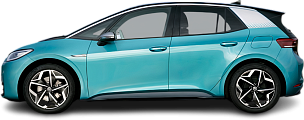
- Real Range
- 228 mi
- 0-60 mph
- 9.3 s
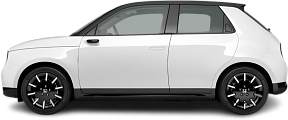
- Real Range
- 117 mi
- 0-60 mph
- 8.7 s

- Discontinued
- 2018-2022
- Real Range
- 152 mi
- 0-60 mph
- 6.8 s
- Price (USA)
- $16,200
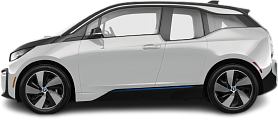
- Discontinued
- 2018-2022
- Real Range
- 158 mi
- 0-60 mph
- 7.2 s
- Price (USA)
- $14,174

- Discontinued
- 2017-2018
- Real Range
- 116 mi
- 0-60 mph
- 6.8 s
- Price (USA)
- $11,500

- Discontinued
- 2017-2018
- Real Range
- 124 mi
- 0-60 mph
- 7.2 s
- Price (USA)
- $8,989


